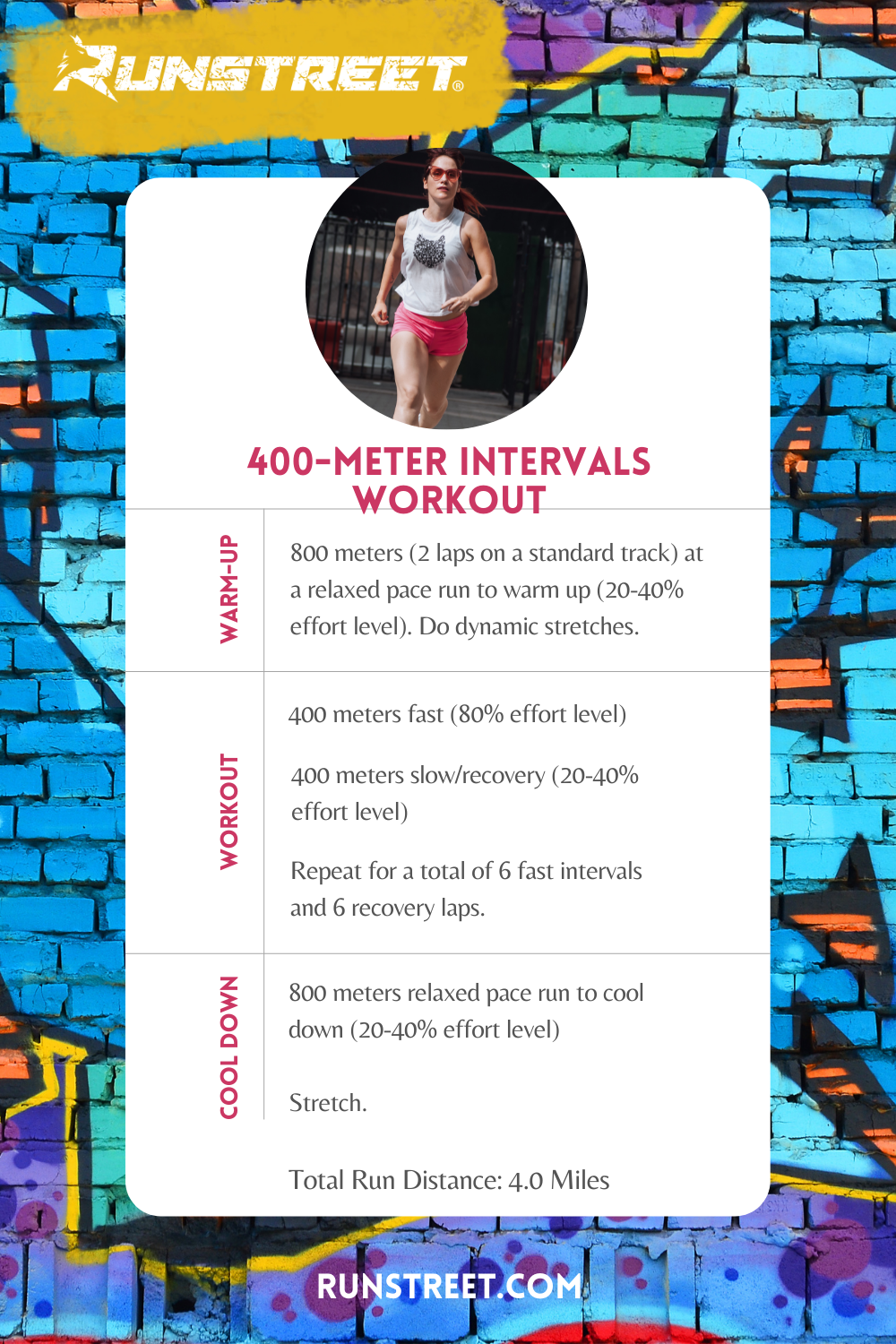Boost Your Running Strategy with Proven Techniques
Boost Your Running Strategy with Proven Techniques
Blog Article
Managing Usual Running Discomforts: Reasons, Solutions, and Avoidance
As runners, we often run into different discomforts that can impede our performance and satisfaction of this physical task. By exploring the origin reasons for these operating pains, we can discover targeted solutions and precautionary steps to ensure a smoother and extra fulfilling running experience.
Usual Running Pain: Shin Splints
Shin splints, an usual running pain, usually result from overuse or improper footwear throughout exercise. This condition, clinically called median tibial anxiety disorder, shows up as pain along the internal side of the shinbone (tibia) and is common amongst athletes and joggers. The recurring tension on the shinbone and the tissues affixing the muscles to the bone results in swelling and pain. Joggers that swiftly increase the intensity or period of their exercises, or those that have level feet or incorrect running strategies, are particularly vulnerable to shin splints.
To avoid shin splints, people should progressively raise the intensity of their exercises, wear proper shoes with proper arch assistance, and keep flexibility and stamina in the muscles surrounding the shin (running strategy). In addition, integrating low-impact tasks like swimming or cycling can help preserve cardiovascular fitness while permitting the shins to heal.
Typical Running Discomfort: IT Band Syndrome
In addition to shin splints, one more widespread running pain that athletes often come across is IT Band Disorder, a problem triggered by inflammation of the iliotibial band that runs along the external upper leg and knee. IT Band Disorder generally materializes as discomfort on the exterior of the knee, particularly throughout tasks like running or biking. The iliotibial band is a thick band of fascia that links the hip to the shin, and when it becomes irritated or tight, it can scrub against the thigh bone, causing pain and discomfort.
Runners experiencing IT Band Disorder might discover a painful or aching feeling on the external knee, which can intensify with ongoing activity. Aspects such as overuse, muscle imbalances, incorrect running type, or poor workout can add to the development of this problem.
Usual Running Pain: Plantar Fasciitis

Plantar Fasciitis can be credited to numerous aspects such as overtraining, incorrect shoes, working on tough surfaces, or having high arches or flat feet. To avoid and minimize Plantar Fasciitis, joggers can integrate stretching workouts for the calf bones and plantar fascia, use supportive shoes, keep a healthy weight to reduce strain on the feet, and gradually enhance running intensity to avoid sudden stress on the plantar fascia. If symptoms linger, it is advised to consult a healthcare professional for proper medical diagnosis and therapy choices to attend to the condition properly.
Usual Running Discomfort: Runner's Knee
After attending to the difficulties of Plantar Fasciitis, another widespread concern that runners frequently encounter is Jogger's Knee, a typical running discomfort that can prevent athletic performance and create discomfort throughout physical activity. Runner's Knee, additionally called patellofemoral pain disorder, materializes as pain around or behind the kneecap. This problem is typically credited to overuse, muscle inequalities, incorrect running strategies, or issues with the positioning of the kneecap. Runners experiencing this pain might feel a dull, hurting pain while running, increasing or down stairs, or after long term periods of resting. To stop Runner's Knee, it is critical to integrate proper warm-up and cool-down regimens, maintain solid and balanced leg muscle mass, wear ideal footwear, and progressively increase running strength. If signs and symptoms continue, looking for guidance from a medical care expert or a sporting activities medicine expert is advised to diagnose the underlying cause and create a customized treatment plan to reduce the discomfort and protect against further issues.
Usual Running Discomfort: Achilles Tendonitis
Generally afflicting runners, Achilles Tendonitis is a painful condition that influences the Achilles ligament, creating pain and possible limitations in exercise. The Achilles tendon is a thick band of cells that attaches the calf bone muscular tissues to the heel bone, critical for tasks like running, leaping, and walking - original site. Achilles Tendonitis frequently develops due to the original source overuse, improper shoes, poor stretching, or unexpected increases in physical activity
Signs of Achilles Tendonitis consist of pain and tightness along the tendon, especially in the morning or after durations of inactivity, swelling that aggravates with activity, and potentially bone stimulates in chronic situations. To protect against Achilles Tendonitis, it is crucial to stretch properly in the past and after running, use ideal footwear with correct support, progressively enhance the strength of workout, and cross-train to decrease repeated stress and anxiety on the tendon.
Final Thought

Report this page